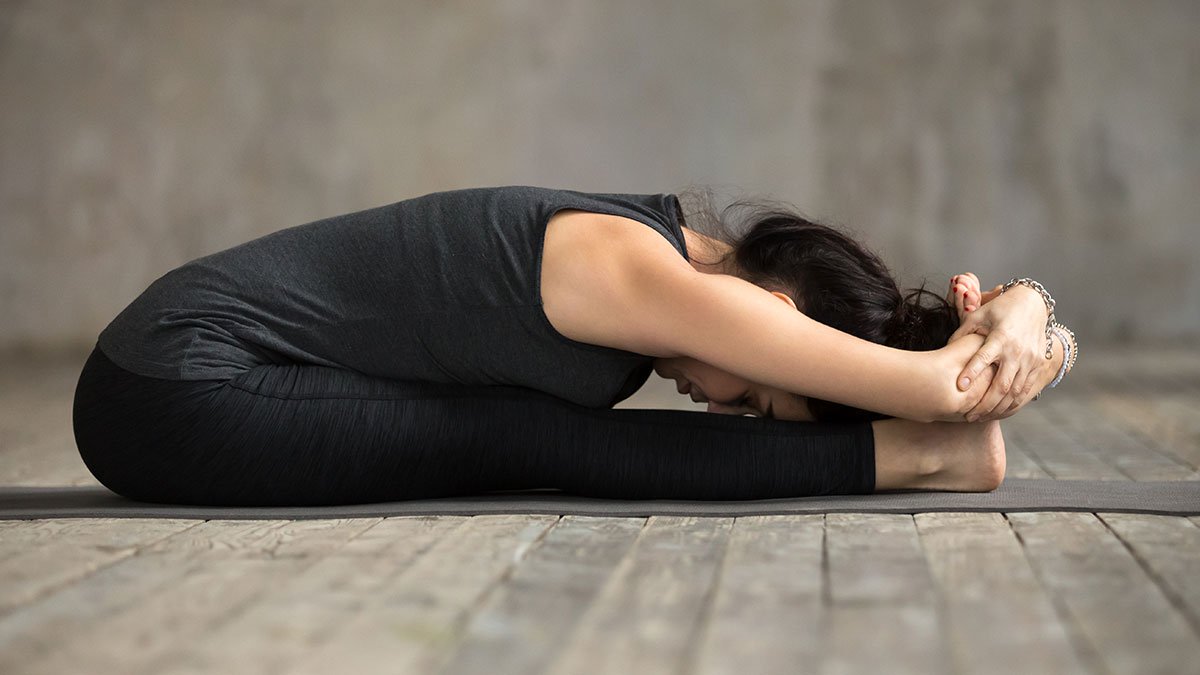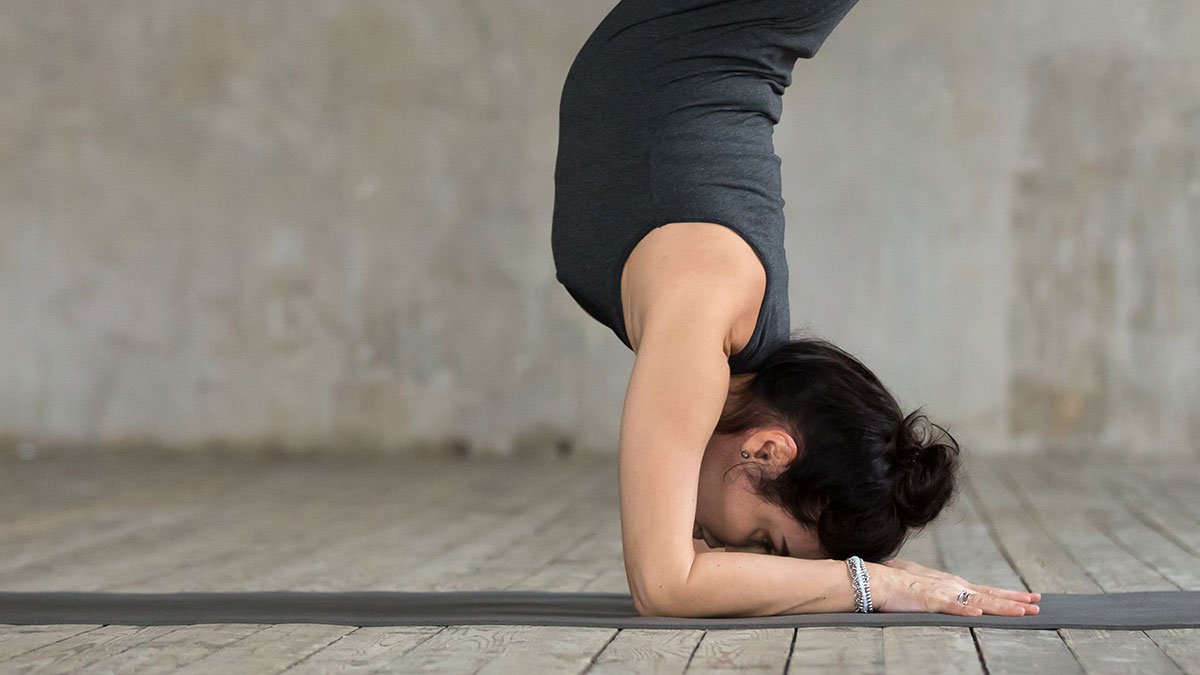From Best Health Magazine
Yoga may not be a high-impact sport, but that doesn’t mean injuries don’t happen. Here’s some tips on how to have a safe practice.
Here’s the truth about yoga injuries
If you love yoga, you probably practice because it makes that tightness in your neck go away, loosens up your lower back and makes your limbs feel longer and looser. But like any other type of activity or sport — injuries can happen. A 2008 study out of Finland found that, among 300 yoga studios regulars surveyed, there were 1.18 injuries for every 1,000 hours of practice. And in a 2012 survey of 2,500 practitioners in Australia, 2.4 percent had a yoga-caused injury over the previous year. Those are low rates, for certain, but bumps, bruises, sprains and worse do happen. “Fortunately, most of these injuries are not serous, and they are preventable,” says Dr. Raza Awan, a sports medicine doctor whose Toronto clinic, Synergy Sports Medicine & Rehabilitation, has designed an injury prevention program to train yoga teachers.
How to stay safe?
First step in avoiding pain: stop trying to be great at yoga. “The number one cause of injuries is the ego,” says Awan. Avoid looking around the room to see if you’re acing the pose compared to others. When you push your body into a new pose and it hurts, stop. Read class descriptions and, if you’re new, you don’t join an advanced class. Other yoga injuries occur due to overuse of the muscles involved. So take it easy on retreats, during a 30-day yoga challenge or when you suddenly go from doing one class a week to four. (On a budget? Here are 4 tips for practicing yoga at home.) So what exactly can get injured during yoga? Read on to find out the five most common injuries and what you can do to prevent them. 
How to avoid yoga injuries: Knee tears
It’s unlikely that you’ll injure yourself serious enough to require surgery, but a knee tear will slow you down for a few weeks. It can happen if you let the knee twist out of alignment when doing pigeon pose, warrior poses or half lotus. Mike Chapman, owner of Breathe Into Motion Studio in Cambridge, Ont., and a certified personal trainer, says moving from the hip while keeping the knee bend often prevents these injuries. Do all the prep poses before moving into something like half lotus and use props during pigeon to support the knee. Here are 10 signs your body and mind wants to practice yoga. 
How to avoid yoga injuries: Hamstring pulls
Ironically, if you work too hard to protect your lower back — yet push deeply into a forward bend — you can pull your hamstring muscle up near your buttocks. Awan says people who go very deep into forward bends tend to do this. Instead, pull back. But also, breathe into the entire length of the hamstring along the back of the leg to be sure you’re stretching it all. Make sure you know this insider trick on how to stay motivated while practicing at home. 
How to avoid yoga injuries: Wrist strains
All that time in downward dog can really do a number on your wrists — particularly if you have carpal tunnel or have tender wrists from computer work. Your body alignment during downward dog, arm balances and handstand also has to be near perfect. “You need to bear weight on the proper part of the hand,” says Chapman. Make sure your fingers are evenly spread and that both your index finger and the heel of your hand are pushing into the mat. Awan suggests rolling up the mat or using a towel to raise the wrists as well: having the fingers on a downward tilt can take the pressure off. Check out how yoga helped maintain her symptoms of rheumatoid arthritis. 
How to avoid yoga injuries: Neck injuries
Neck injuries are probably the scariest area to harm — and it does take time to heal. Chapman says going into full wheel and resting on the top of the head before going up into the pose is a dangerous move, as much of the body weight is on the neck. Be cautious in headstand, plough and shoulder stand that you’re not putting too much weight on your neck. Also, in poses like camel and upward dog, you can fling your neck too far back without support. When putting pressure on your neck in an inversion, try to better distribute your weight, putting more of it on your arms. Prioritize neck safety over goals such as putting your feet to the floor in plough. The good news is, yoga is one of the safest exercises out there. (Awan says he once heard that the injury rate is comparable to that of gardening.) But you still need to be aware in every class of any pain and be mindful of your body’s limits. Find the right class for your level, with an experienced teacher who thinks about safety just as must as testing your limits. “It’s so important to get the right instruction,” says Chapman. And here are some fitness myths that can seriously damage your health. Download PDF Version


